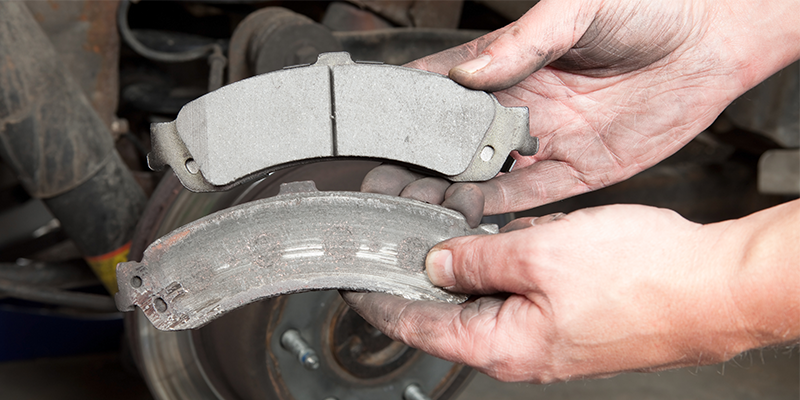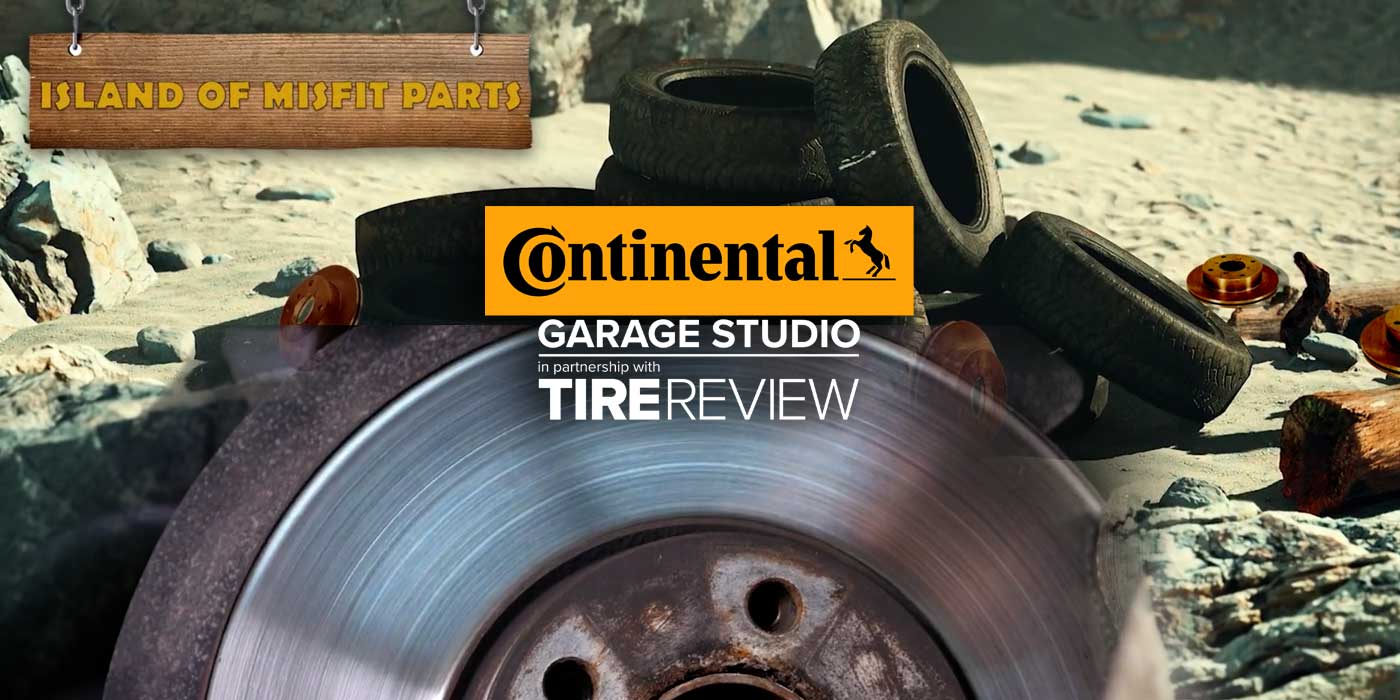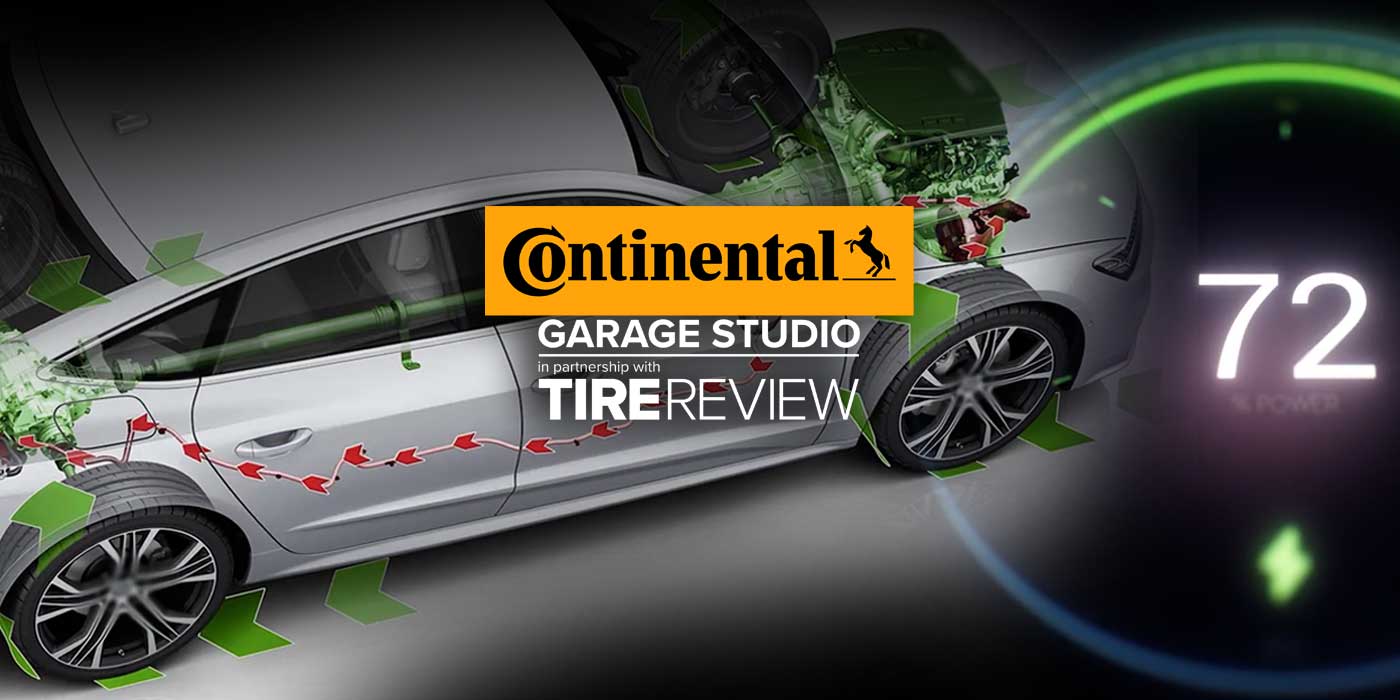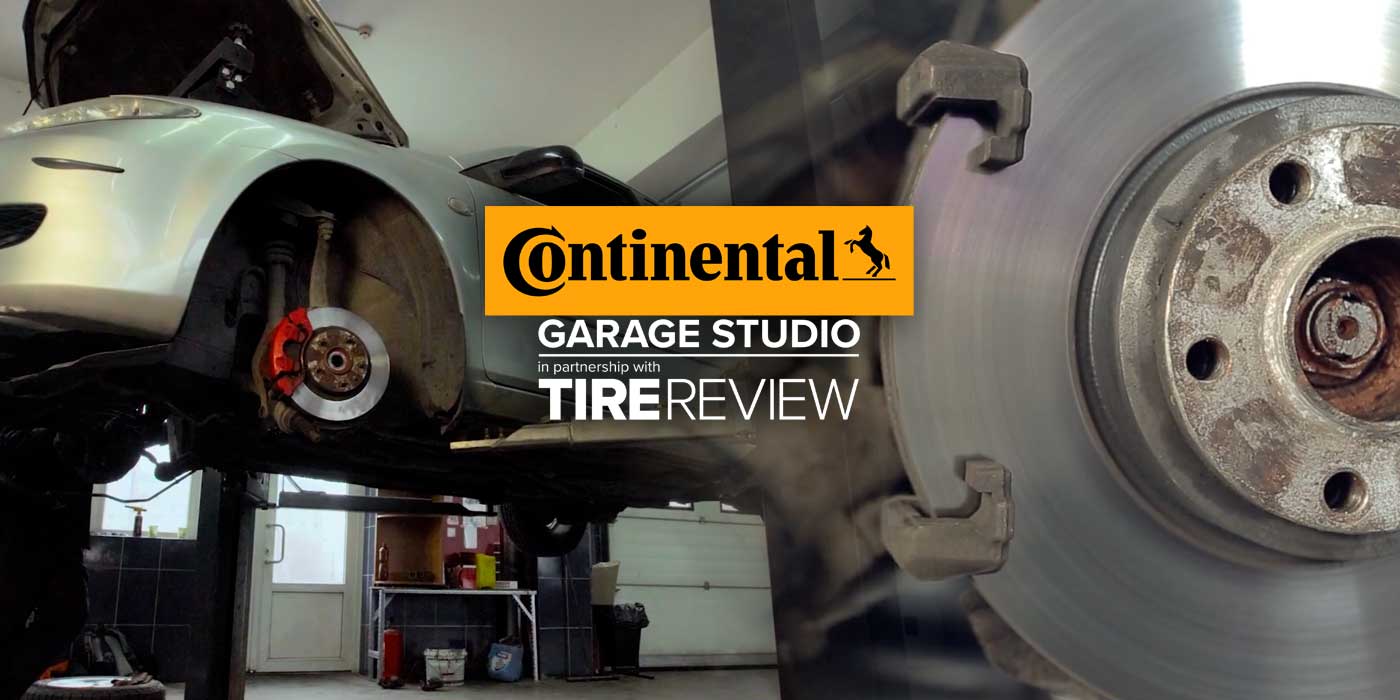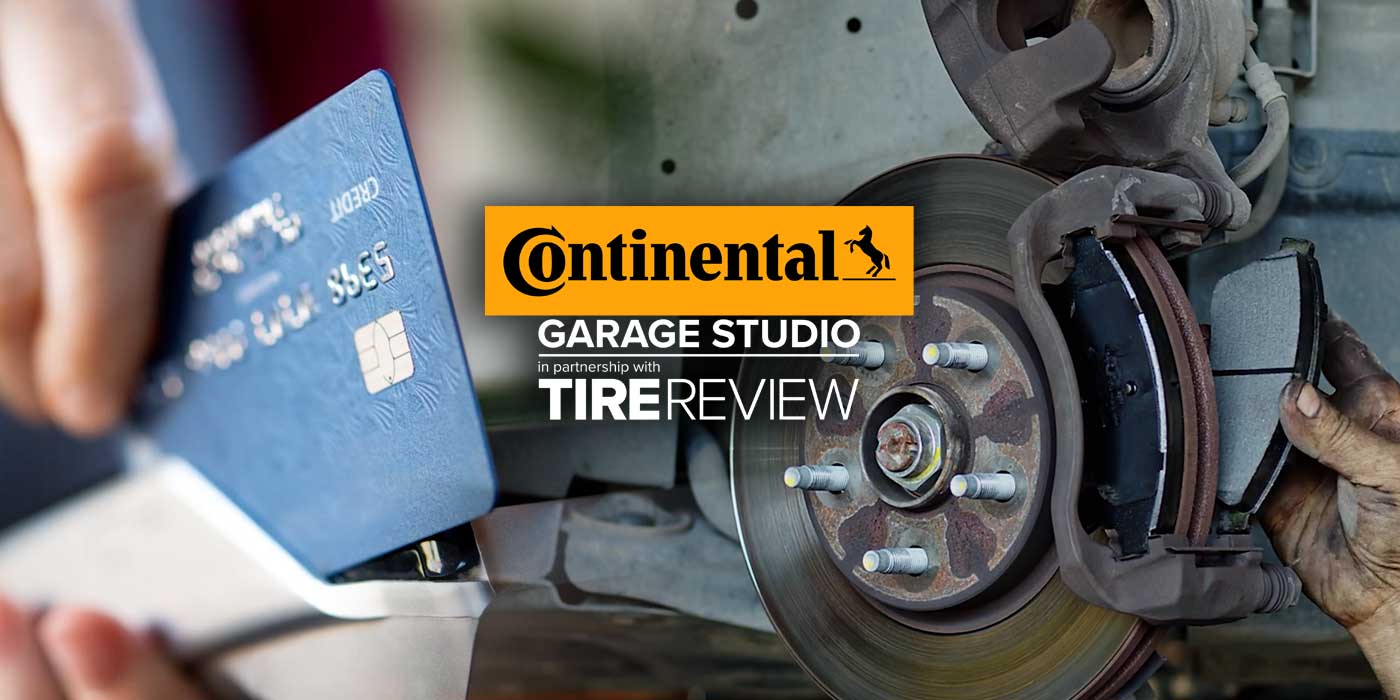All shops want to see a customer again but not for a brake comeback. What is the magic number of miles that can separate a comeback from a service situation? In my opinion, the minimum is 12,000 miles. Even installing new friction, rotors and calipers will not ensure a long-lasting brake job. The long-lasting brake job is a process.
A quality brake job is about ensuring the quality of the work performed. It is a mindset for management and technicians. They must realize that a complete brake job is different for every vehicle and customer, but the objectives are the same:
• Return the vehicle’s braking performance to like-new condition or better;
• Even pad wear for at least 12,000 miles;
• No significant noise problems for at least 12,000 miles; and
• The friction materials should match the customer’s braking personality.
The benchmark of 12,000 miles represents the average consumer’s mileage in one year. It is not a warranty number, only a guideline for the average customer’s expectation for the average brake service at any price. If you cannot deliver 12,000 miles of trouble-free service, the customer might come back to complain, or they might not come back at all.
Performance
Regardless of what type of aftermarket friction material or rotor is used, the brakes must provide safe, reliable stopping power. Most friction product manufacturers do extensive laboratory and field testing to assure that they do.
Pad Sets
The friction material you select should typically provide the best combination of stopping power, fade resistance, noise and wear for that customer. Talk to the customer to find out what they use their vehicle for and what they expect from their brakes. Do not be afraid to upsell your customer into premium pads.
Corrosion can cause edge lift or rust jacking to some brake pad sets, even after a short time on the vehicle. This type of failure mode can cause noise, vibration and roughness. Also, this condition can cause the friction to separate from the backing plate leading to loss of braking power and vehicle instability.
Shims and Anti-Rattle Clips
Pad shims are used as an insulator between the pads and caliper. This serves to change the frequency of the vibration so brake noise is eliminated. Shims are typically a sandwich of metal and rubber-type coatings.
The shims could be attached to the brake pad or they could be supplied as separate parts. Make sure your replacement pads are shimmed to match the OE pads, and when servicing vehicles with separate shims, either reuse the shims if in good condition or replace them. Do not reuse shims where the protective coating has worn off or if the shims are rusting and flaking.
Other shims are designed to mechanically clip onto the back of the brake pad. These types of shims are designed to “float” between the caliper and pad. This can help to isolate noise and vibration.
Many lines of brake pads are starting to include anti-rattle clips and springs in the box. Anti-rattle hardware applies tension to pads so they fit snugly against the mounting bracket. These clips are essentially small springs made of steel. They are subjected to the same heating and cooling as rear brake hardware.
Simply cleaning and re-installing it won’t be good enough in many cases. Some add an extra step of “re-tensioning” the clips by bending the tabs slightly. This may work for a short time but won’t provide a long-term solution.
Read More: Check out Tire Review’s January 2019 Digital Edition
Caliper Hardware
Most vehicles use single piston floating calipers. Rubber bushings or sleeves in these calipers allow the caliper to move freely when the brake is applied and released. They wear over time and can increase the chances for brake noise. Careful inspection should be done and replacement should be suggested or required based on the findings. If the bushings or sleeves are too loose fitting, the caliper will be allowed to move too much. This will increase the chances for a brake noise problem.
Lubricants
Part of the “complete brake job” is in the details. Using the right lubricants in the right places influences the longevity of the complete brake job. Lubricants also help to isolate vibrations and even brake pad wear.
Staying power is what special-purpose brake lubricants are supposed to have when the going gets hot. The front brakes on many FWD cars, as well as large SUVs, can get extremely hot when braking hard or braking repeatedly. Mountain driving, aggressive driving in stop-and-go traffic, off-road, towing a trailer, hauling a heavier-than-0normal load, etc., can all increase the operating temperature of the brake system.
Calipers
Calipers should always be replaced in pairs, regardless of the condition of the non-affected side. Caliper piston seals don’t last forever, and once they start to leak, it’s the end of the road for the caliper and the pads. Fluid leaks are dangerous because they can lead to a loss of hydraulic pressure in the brake circuit that may cause the brakes to fail. Brake fluid leaking from a caliper can also contaminate the brake linings and cause them to grab or pull.

